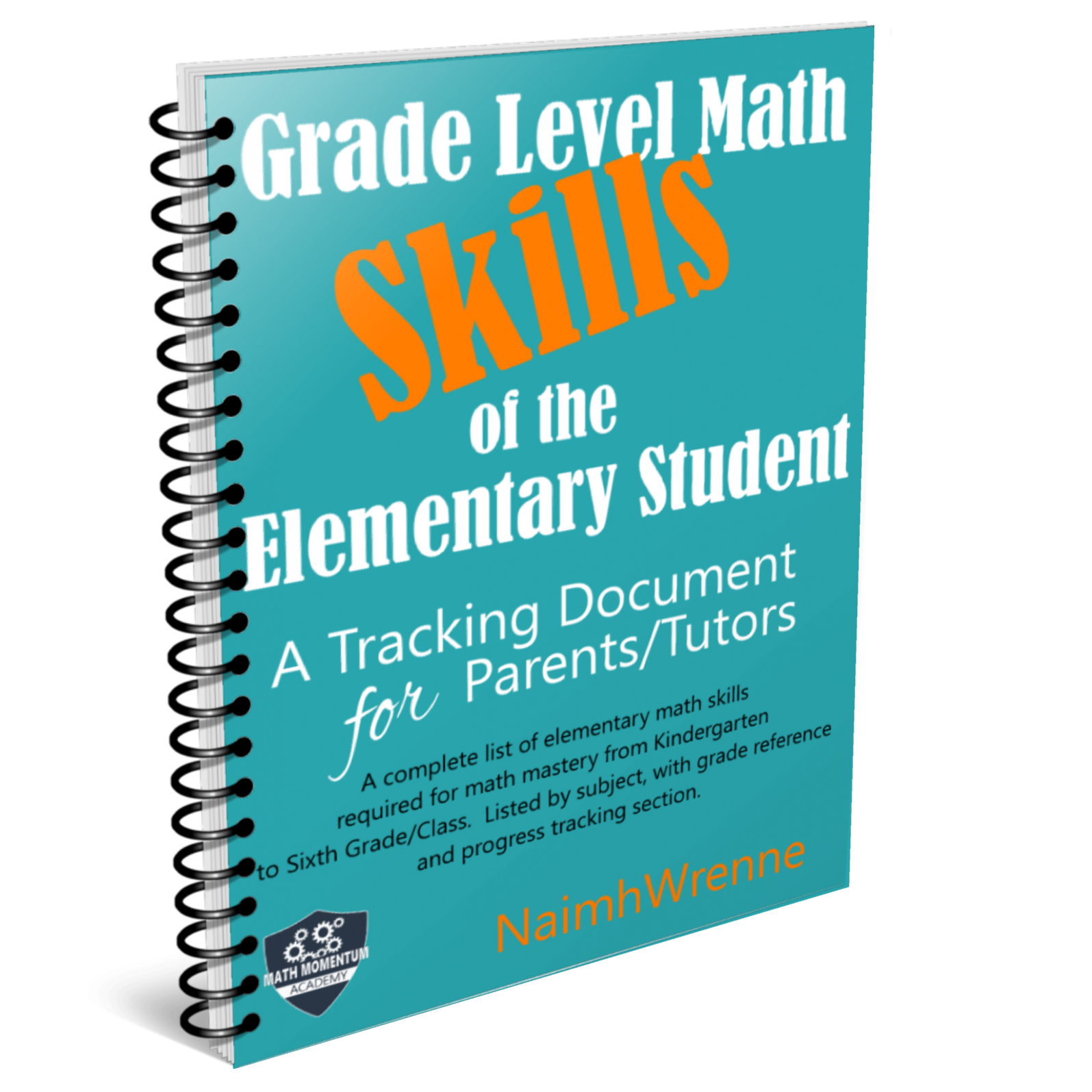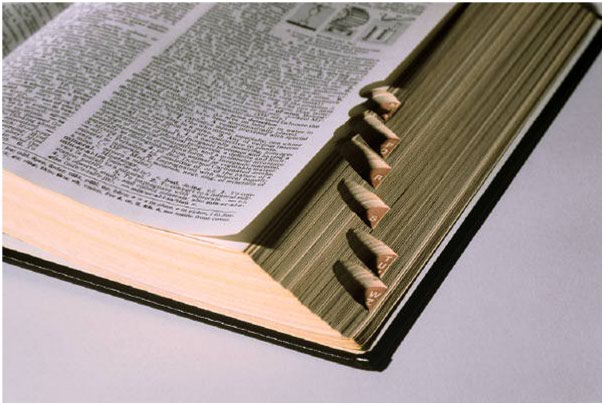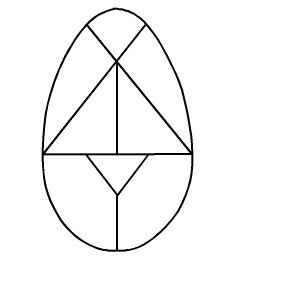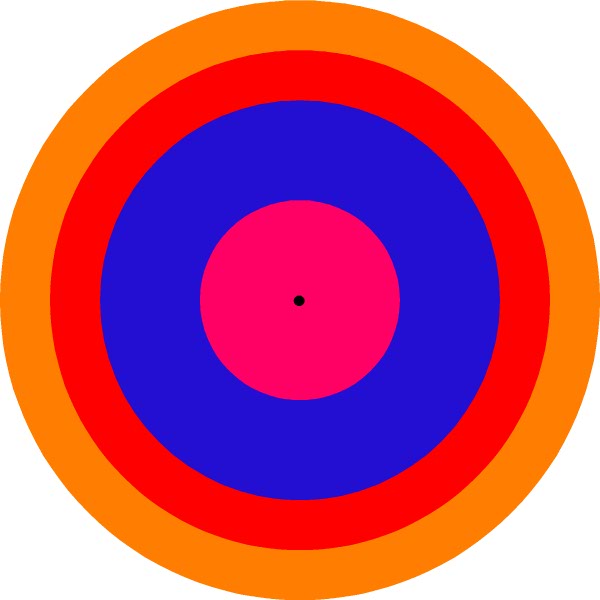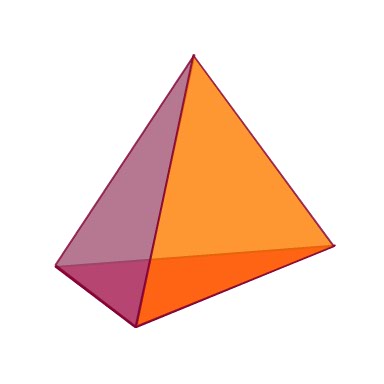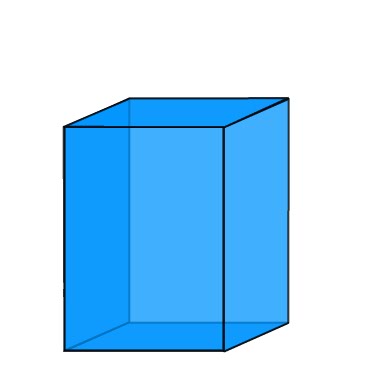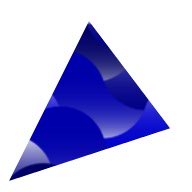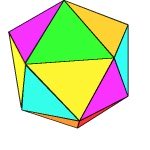Master the Square Shape
From Recognition to Construction.
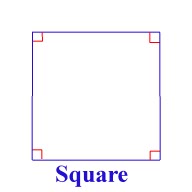
The Square Shape is one of the first shapes a preschooler learns to identify. But there is so much more to this humble looking Regular Polygon than first meets the eye.
And all the way through kindergarten to Sixth grade, more and more will be learned about it.
5 Stages to master any shape
The five steps detailed bellow take you from basic identification all the way through to taking a detailed look at the theorems involving the square shape.
These steps also include 'pit stops' to complete fun geometry projects and coloring sheets.
These are nice 'breathers' on the learning curve, but they are excellent ways of reinforcing the new knowledge in ways that your kid can get a real life, hands on approach to understanding the basic geometry concepts included.
Okay, so let's get started ...
Stage 1 - Identify
How do we know what we look at is a Square Shape?
A Square Shape is identified by a combination of the number of sides it has, its side lengths AND its angles.
- A square has four sides, but so does any other quadrilateral, so we must go a bit further.
- A square has four sides equal in length ... but so does a Rhombus; so again we must go further.
- A square has four angles equal in size.
- Opposite sides of a square are parallel to each other.
Once your child is comfortable with how to recognize the trapezoid, offer them some shape worksheets to see how they get on with identifying the shape when compared with others.
You may also find our Quadrilateral Family Tree Printable a useful tool to offer your child.
Stage 2 - Calculate Area and Perimeter
Area

The Area of the square is calculated by multiplying its length by its height. Since, in a square, the lenght and Height are the same size...
The Area is the length on one side, squared. (multiplied by itself).
If your child has problems understanding the concept of Area, I recommend working with second grade 'grid method' worksheets first, and then move on to fourth grade worksheets using numbers and finally word problems.
Permieter
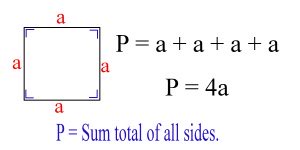
The Perimeter of ANY shape is simply the sum total of all the lengths of the shape - and a square is no different.
The perimeter of a square is 4 times its length.
Why? Because a + a + a + a is the same as 4 multiplied by a.
Stage 3: How to construct a Square
To complete this, you will need a ruler, pencil, compass, and a blank piece of paper!
Step 1: Draw a straight line lightly using your ruler and pencil on your paper. - This is what we call a construction line.
Step 2: Indicate on this line, one point - this point will be the first of the four vertices of your square.
Note: We know that the four angles of any quadrilateral add to 360 degrees. In a square, we know the four angles are equal;
so each angle is 1/4 of 360 degrees which is 90 degrees.
Step 3: Using your protractor, find the point at 90 degrees to your first line using the point you indicated as the base, mark it, and draw another construction line.
You now have two lines of your square.
Step 4:Using your ruler, measure the length of your square side on BOTH of these lines, with a point.
Step 5:Using these new points, repeat Step 3: two more times (once on each point) to find the remaining two sides of your square<br>
Your Square is the shape contained between the four points of intersection of these four lines.
Step 6:Using a heavier line connect the four points to finish your square.
A quick check to ensure your square is accurate, is to measure all side lengths with your ruler. If you have done it correctly all sides will measure the same!
Stage 4: Relationship to 3D-Shapes
The 3d Figures a Kindergarten through sixth grade student are most likely to deal with is are the:
Stage 5: Geometric Coloring
The use of coloring sheets allows your child to start experimenting with different shapes. A great first step is to encourage your child to color in shapes adjacent to each other with the same color, until their shape starts to look like 'something'.
Perhaps that something will be a rectangle or a house. By doing this, your child will start to realize the connection between the shapes.
You will find some nice free geometric coloring pages to download here.
Return from the trapezoid to our Polygon Section.or our Quadrilaterals Section.
I am sure you will find all the information and worksheets you need here, however if there is anything you cannot find please don't hesitate to contact me or simply visit the MathMomentumCommunity and join the conversation!
I love to hear from my readers, and with a little feedback and a few suggestions I can make this a great resource for parents, teachers and tutors alike.
Be sure to explore everything on this site starting at the home page.

